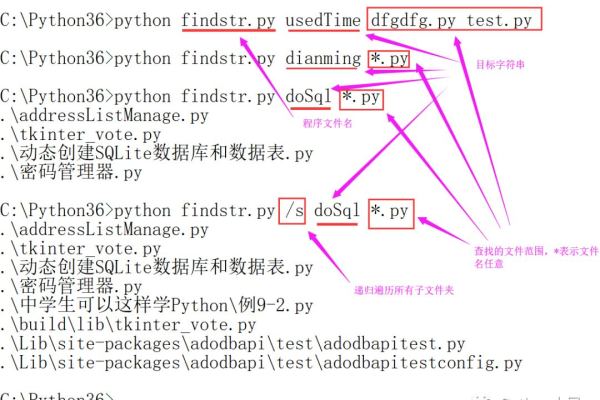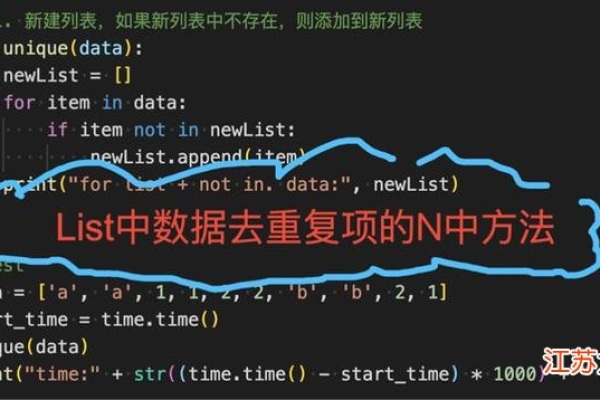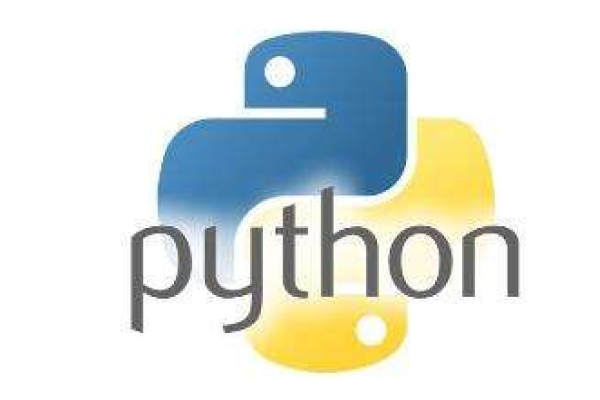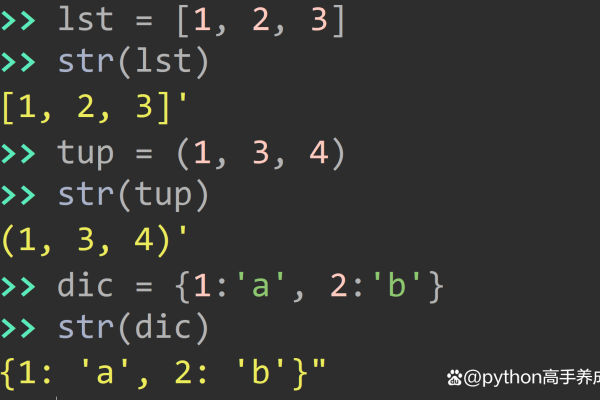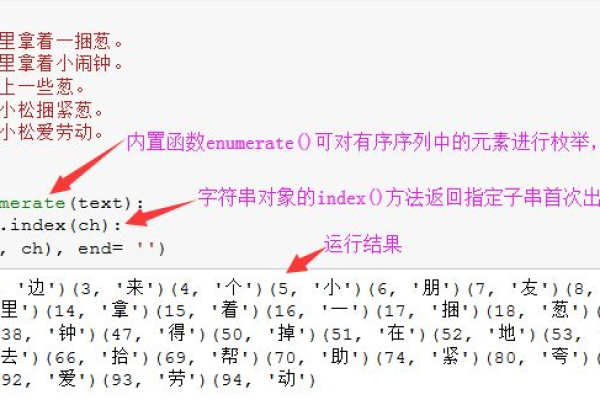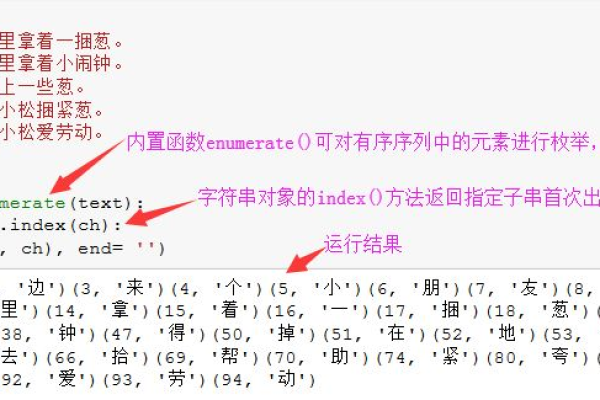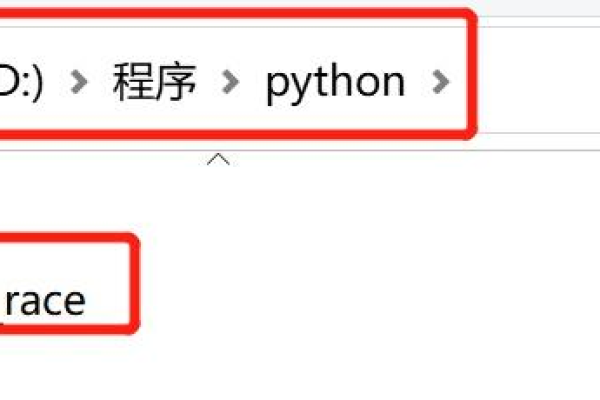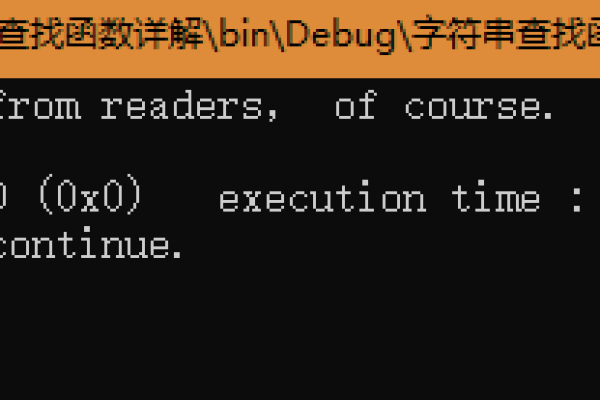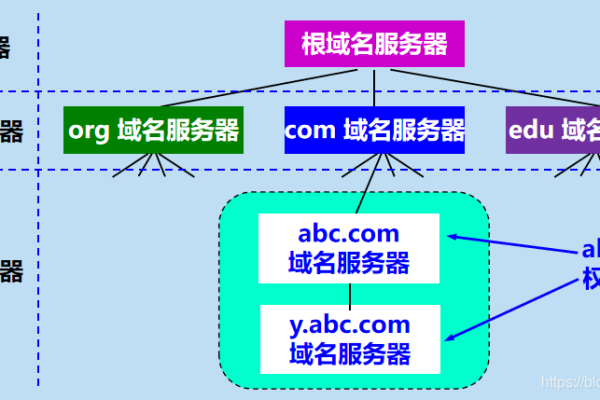python查找字符串
- 行业动态
- 2024-02-08
- 2504
要在Python中查找字符串,可以使用str.find()方法或in关键字。
在Python中,查找字符串是一种常见的操作,Python提供了多种方法来查找字符串,包括使用find()、index()、in关键字以及正则表达式等,下面将详细介绍这些方法。
1. find()方法
find()方法是Python字符串对象的一个内置方法,用于查找子字符串在原字符串中的位置,如果找到子字符串,它会返回子字符串在原字符串中的起始索引;如果没有找到,它会返回-1。
str = "Hello, World!" substr = "World" position = str.find(substr) print(position) 输出:7
2. index()方法
index()方法与find()方法类似,也是用于查找子字符串在原字符串中的位置,不过,如果index()方法没有找到子字符串,它会抛出一个ValueError异常,而不是返回-1。
str = "Hello, World!" substr = "World" position = str.index(substr) print(position) 输出:7
3. ‘in’关键字
in关键字可以用于检查一个字符串是否包含另一个字符串,如果原字符串包含子字符串,它会返回True;否则,返回False。
str = "Hello, World!"
substr = "World"
if substr in str:
print("Substring found!") 输出:Substring found!
else:
print("Substring not found!")
4. 正则表达式
Python的re模块提供了强大的正则表达式功能,可以用来查找符合特定模式的字符串。search()函数用于在字符串中搜索模式匹配的部分,如果找到,它会返回一个匹配对象;否则,返回None。
import re
str = "Hello, World!"
pattern = "World"
match = re.search(pattern, str)
if match:
print("Match found:", match.group()) 输出:Match found: World
else:
print("Match not found!")
相关问题与解答
Q1: find()方法和index()方法有什么区别?
A1: find()方法和index()方法的主要区别在于它们在找不到子字符串时的行为。find()方法会返回-1,而index()方法会抛出一个ValueError异常。
Q2: 如何使用in关键字查找字符串?
A2: 使用in关键字可以很容易地检查一个字符串是否包含另一个字符串,如果原字符串包含子字符串,它会返回True;否则,返回False。
Q3: 什么是正则表达式?
A3: 正则表达式是一种用于匹配和处理字符串的强大工具,它提供了一种灵活的方式来搜索、替换或分割字符串。
Q4: re.search()函数返回的是什么?
A4: re.search()函数返回一个匹配对象,如果找到符合模式的字符串,如果没有找到匹配的字符串,它会返回None。
本站发布或转载的文章及图片均来自网络,其原创性以及文中表达的观点和判断不代表本站,有问题联系侵删!
本文链接:http://www.xixizhuji.com/fuzhu/307634.html
